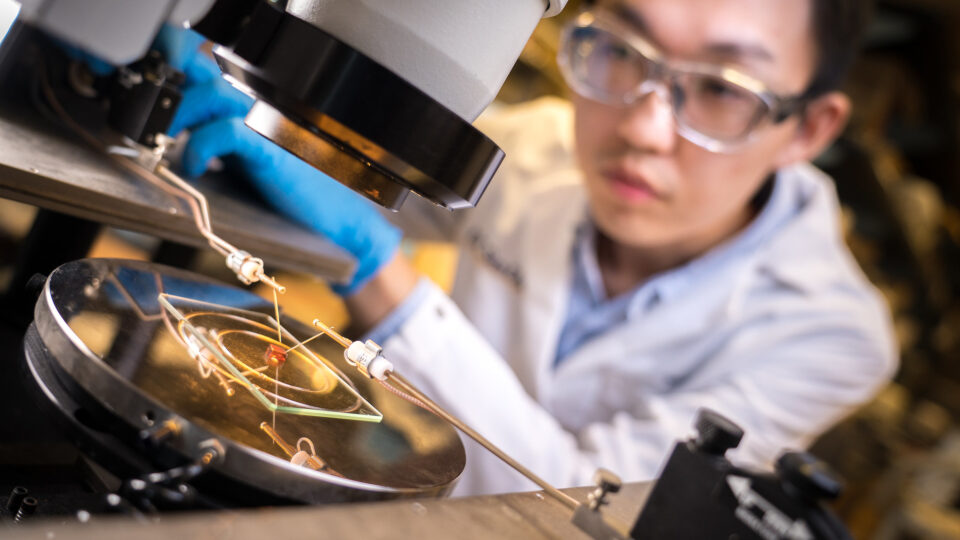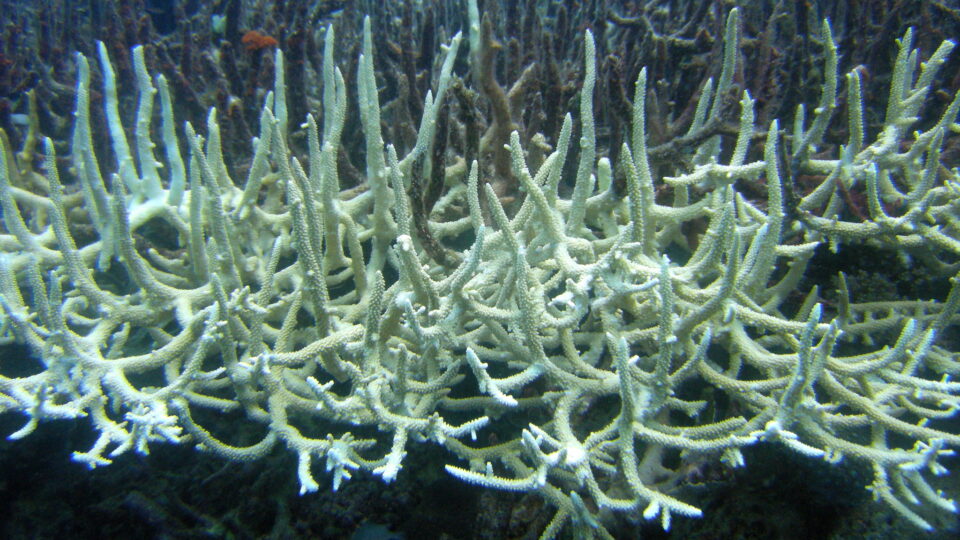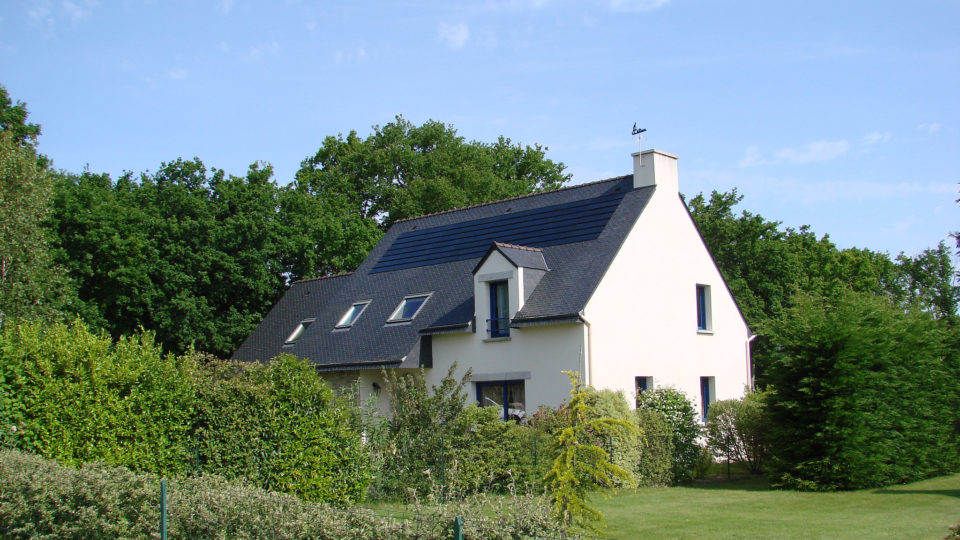About 15% of global energy consumption is for cooling buildings. Because of this, there is an ever- growing need for technologies that can more efficiently cool buildings. Researchers at Notre Dame University have used advanced computing technology and artificial intelligence to design a transparent window coating that is able to lower the temperature inside buildings without using any energy.
The idea is to create a coating that blocks the sun’s ultraviolet and near-infrared light, which are parts of the solar spectrum that otherwise pass through glass and help to heat an enclosed room. Cooling needs can be reduced further if the coating can radiate heat from the surface of the window so it can pass through the atmosphere into space. Designing a coating that does both of those things simultaneously while transmitting visible light is difficult. Coatings should not interfere with the view out the window.
The Notre Dame researchers used advanced computer modeling to create a so-called transparent radiative cooler that meets these goals. The coating consists of alternating layers of common materials like silicon dioxide, silicon nitride, and aluminum oxide or titanium dioxide on top of a glass base and topped with a film of polydimethylsiloxane. The computing method was able to optimize this structure far faster and better than conventional design techniques.
The researchers say that in hot, dry cities, the coating could potentially reduce cooling energy consumption by 31% compared with conventional windows. The same materials could be used in other applications, such as car and truck windows. In addition, the quantum computing-enabled optimization method used for this work could be used to design other composite materials.
**********
Web Links
Clear window coating could cool buildings without using energy
Photo, posted September 6, 2015, courtesy of Robert Otmn via Flickr.
Earth Wise is a production of WAMC Northeast Public Radio





